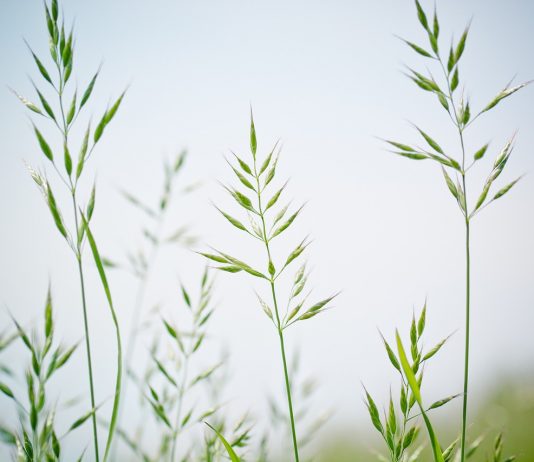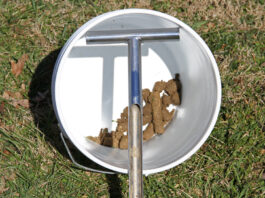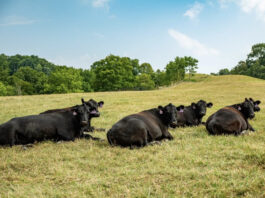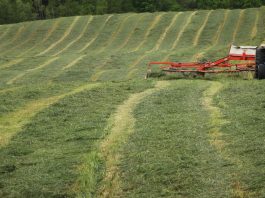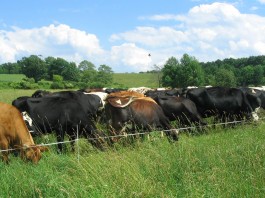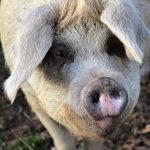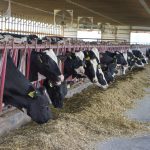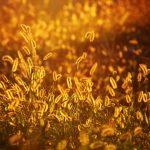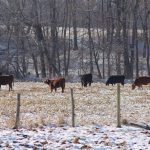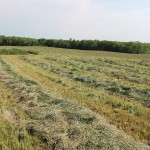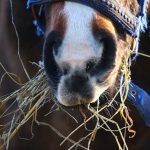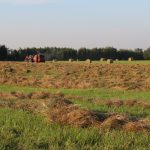The new year is a great time to inventory
Now is a great time to plan and take inventory, not only of physical assets but also on the state of our feed supplies and grazing operation.
Looking backward, forward and toward pastured pigs
Learn to minimize the damage pigs can cause to pastures.
Calculating cattle winter supplementation costs
Learn how to determine the nutritional value of forage, how to choose necessary supplements and how to determine supplement costs.
Recognize the signs of ailments caused by grass awns
Foxtail and grass awns can cause some significant medical problems for grazing livestock, horses and companion animals. Learn to recognize the signs.
Get your cattle ready for winter before the snow flies
Plan ahead for the winter season to keep your cows in an adequate Body Condition Score (BCS) range prior to calving.
Nutrient analysis can improve cattle
Forage nutrient analysis reveals nutrient content to determines forage value, which influences livestock feed amounts and the ability to preserve forages.
How to fight foxtail in forages
Foxtail is infamous for seeds that get caught in the gums of livestock, leading to feed rejection and potential infections. Learn how to combat this weed.
Moldy feed: Risks and prevention
Learn how to recognize the symptoms of giving mold feed to livestock and minimize the impact it has on your farm.
Testing quality of forage
Having your forages analyzed is the only way to determine if hay will meet an animal's nutrient requirements during the winter.
Water quality problems that affect livestock production
Learn what the most common water quality problems affecting livestock production are and how they could affect your herd.






